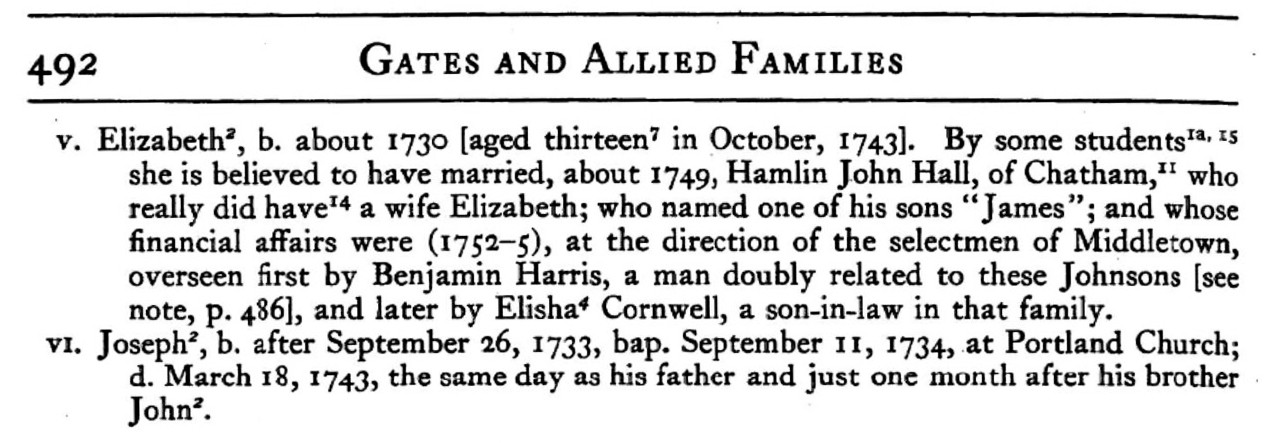 It is one thing for the author of a genealogy to have the goal (or scope) of publishing everything about all the descendants of [blank], and a much, much different thing to achieve that goal.
It is one thing for the author of a genealogy to have the goal (or scope) of publishing everything about all the descendants of [blank], and a much, much different thing to achieve that goal.
Clearly, there is no such thing as “everything” and “all.” The author has to decide what information she wants (or is able) to include, how much detail of that information to provide, and whether the same standard will be applied to everyone. Does the standard go beyond names, dates, and places? Are probates, land and church records, gravestones, obituaries, pensions, census records, and the like provided in detail when available? How exhaustive has the search for these facts been? Continue reading Completeness and restraint







